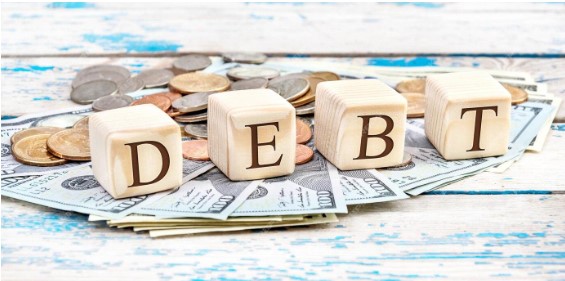Bad debt and non-performing loans can substantially impact a bank’s profitability and financial health. Effective recovery strategies are crucial for minimizing losses and sustaining growth. This post will explore powerful methods and tactics banks can employ to improve their loan recovery processes.
Understanding Bad Debt and Loan Recovery in Banking
Before diving into the strategies, it’s essential to understand what constitutes terrible debt. Typically, a loan becomes a bad debt when the borrower has yet to make any scheduled payments for an extended period, often 90 days or more, depending on the agreed-upon terms. Banks classify these debts as non-performing assets (NPAs) requiring effective recovery strategies.
“Debt is like any other trap, easy enough to get into, but hard enough to get out of.”
By HENRY WHEELER SHAW
Critical Strategies for Bad Debt and Loan Recovery
Below are several strategies banks can adopt to maximize their recovery efforts:
| Strategy | Description | Impact |
| Early Intervention | Engaging with the borrower as soon as they show signs of financial strain can help prevent a loan from becoming bad debt. | Prevents loan default |
| Restructuring and Rescheduling | Altering the terms of a loan, giving the borrower more flexibility to meet their obligations. | Improves debt recovery rate |
| Legal Action | Taking legal recourse to recover debts when necessary. | Recovers significant portions of debt |
Bad Debt and Loan Recovery Plan
- Prevention is Key:
-
-
- Smart Lending: Be careful when giving out loans. Assess the borrower’s ability to repay.
- Security: Ask for collateral to secure the loan.
-
2. Early Action:
-
-
- Keep Watch: Monitor borrowers closely for any signs of trouble.
- Talk Early: If a borrower is struggling, communicate early to find solutions.
-
3. Flexible Solutions:
-
-
- Restructure Loans: Adjust payment terms to make it easier for borrowers.
- Refinance: Explore options to modify the loan for better terms.
-
4. Legal Steps with Caution:
-
-
- Legal Action: Use legal means sparingly, as it can be costly and strain relationships.
-
5. Negotiate and Settle:
-
-
- Negotiate Payment: Work with borrowers to find a fair settlement.
- Partial Payment: Accept a partial payment if necessary.
-
6. Get Help:
-
-
- Collection Agencies: Consider professional help for debt recovery.
- Digital Tools: Use technology to streamline the process.
-
7. Learn and Adapt:
-
-
- Review Cases: Look back to learn from bad debt experiences.
- Regulatory Compliance: Follow rules and regulations.
-
8. Insurance and Reserves:
-
-
- Credit Insurance: Get insurance to protect against defaults.
- Set Reserves: Keep funds aside for potential bad debts.
-
9. Customer Support:
-
-
- Education: Offer financial guidance to customers.
- Build Relationships: Establish strong customer relationships.
-
10. Write-off when Necessary:
-
-
- Cut Losses: If recovery isn’t possible, write off bad debt.
- Proactive Provisioning: Be ready for potential bad debts.
-
11. Keep It Simple:
-
- Transparent Communication: Keep communication clear and simple.
- Adapt and Improve: Adjust strategies based on what works best.
A Multi-faceted Approach to Recovery
A successful debt recovery strategy often combines several approaches tailored to specific situations. By implementing a mix of methods, banks can increase the chances of recovering lousy debt:
- Diversify collection tactics to match debtor profiles and behaviors.
- Invest in training staff to handle collections effectively and empathetically.
- Utilize digital tools for automated reminders and online negotiation platforms.
- Offer hardship plans or settlements to help borrowers clear their debts amicably.
Challenges in Bad Debt Recovery
Despite having robust strategies in place, banks often face hurdles in wrong debt recovery, such as:
- Changing regulations that limit recovery methods.
- Debtors’ financial difficulties prevent repayment.
- Reputational risks associated with aggressive collection tactics.
Awareness of these challenges allows banks to refine their approaches for better outcomes.
Conclusion
Banks must employ dynamic and nuanced debt recovery strategies to handle bad debts effectively. By taking early action, utilizing a combination of interventions, and adjusting to the evolving financial landscape, banks can safeguard their interests while supporting their customers’ journey to financial stability.



